
The science fiction anthology series Black Mirror has firmly established itself as one of the most thought-provoking TV shows of contemporary times. With its seventh season now available on Netflix, it’s clear that this show remains a significant reflection of our society. The sci-fi program combines aspects of drama, horror, mystery, and dark humor to produce a sharp critique on humanity’s problematic bond with technology. By structuring the series as an anthology, numerous tales about the evolution of advanced technology and its influence on daily life are presented. Black Mirror delves into disturbing, uneasy topics that mirror society’s apprehensions and aspirations concerning technology, and season 7 continues this theme.
Season 7 offers six captivating episodes, one of which is a follow-up to the fan favorite “USS Callister” from Season 4. Similar to Season 6, this season presents a diverse mix of genres within its episodes. For instance, “Bête Noire” delves into horror, whereas “Hotel Reverie” carries a melancholic undertone. Overall, the seventh season appears as a reaffirmation of Black Mirror‘s original style, with its blend of sci-fi themes, critique on capitalism, and continued examination of how technology permeates our lives, hinting at a return to fundamental storytelling. With all episodes now streaming on Netflix, we’re diving into ranking each installment from Season 7.
6
“Hotel Reverie”
Episode 3


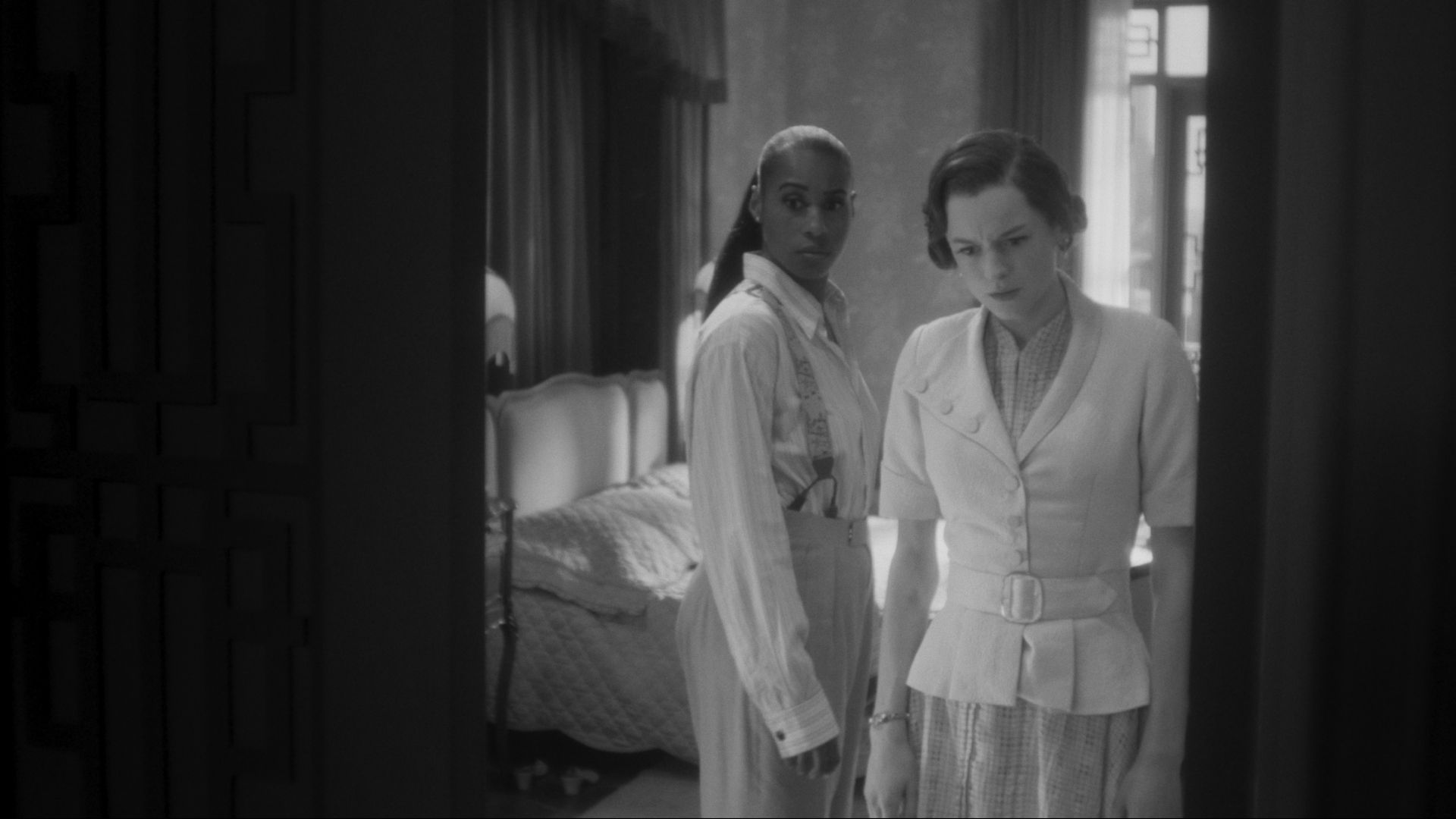
The concept of blending the classic charm of Old Hollywood with the modern twist of Black Mirror was a stroke of genius! By seamlessly integrating vintage films into today’s high-tech environment, the creative team breathed life into a captivating episode. In this innovative storyline, cutting-edge AI software enables studios to produce AI-driven replicas of old films where the characters are confined within their movie universe, unaware of their real-life counterparts. This technology also empowers current actors by embedding a chip in their heads, enabling them to be virtually incorporated into these classic movies. Once an actor is inserted into the AI-generated film, they have the same runtime as the original movie to memorize their lines and see the production through to its conclusion, at which point they can be extracted.
This idea is quite plausible given how movie studio executives often perceive AI in films and TV shows. The cinematography in this episode is stunning, successfully recreating the visual aesthetic of ’40s movies, even mimicking the over-diffused effect to make characters appear as if they were glowing.
Regrettably, the episode struggles due to some questionable casting choices and a narrative that strays slightly from the usual Black Mirror mold. Emma Corrin delivers an exceptional performance as the main character in the film this episode centers around. Her portrayal of classic Hollywood actresses is spot-on. Issa Rae, though exceptionally gifted, seems to be somewhat miscast for her role, which appears to be a departure from her usual comfort zone. Despite the impressive acting talent featured in this episode, there’s a noticeable lack of chemistry between the leads and the plot wanders too far from the customary exploration of technology-related themes.
5
“Plaything”
Episode 4
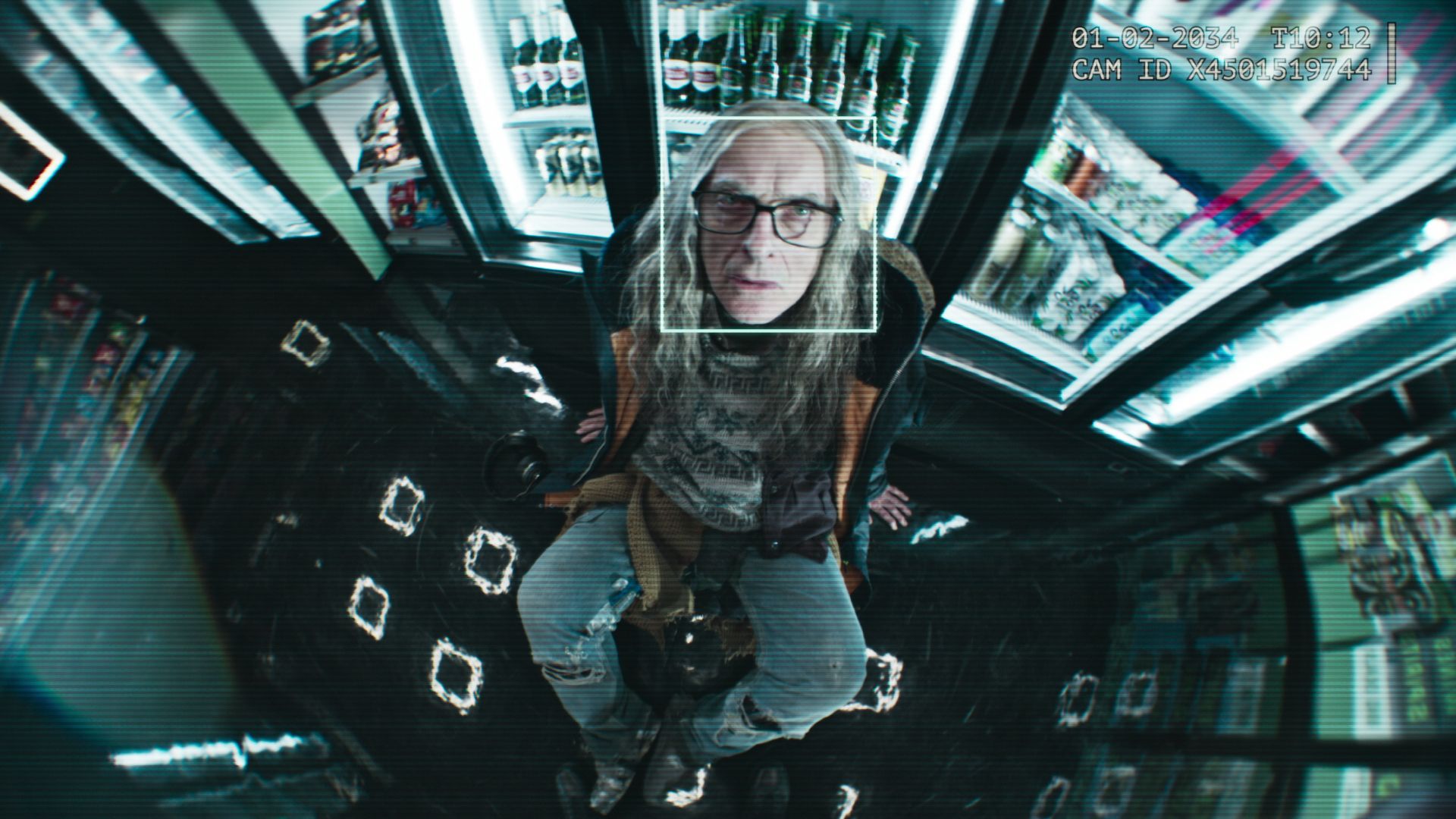
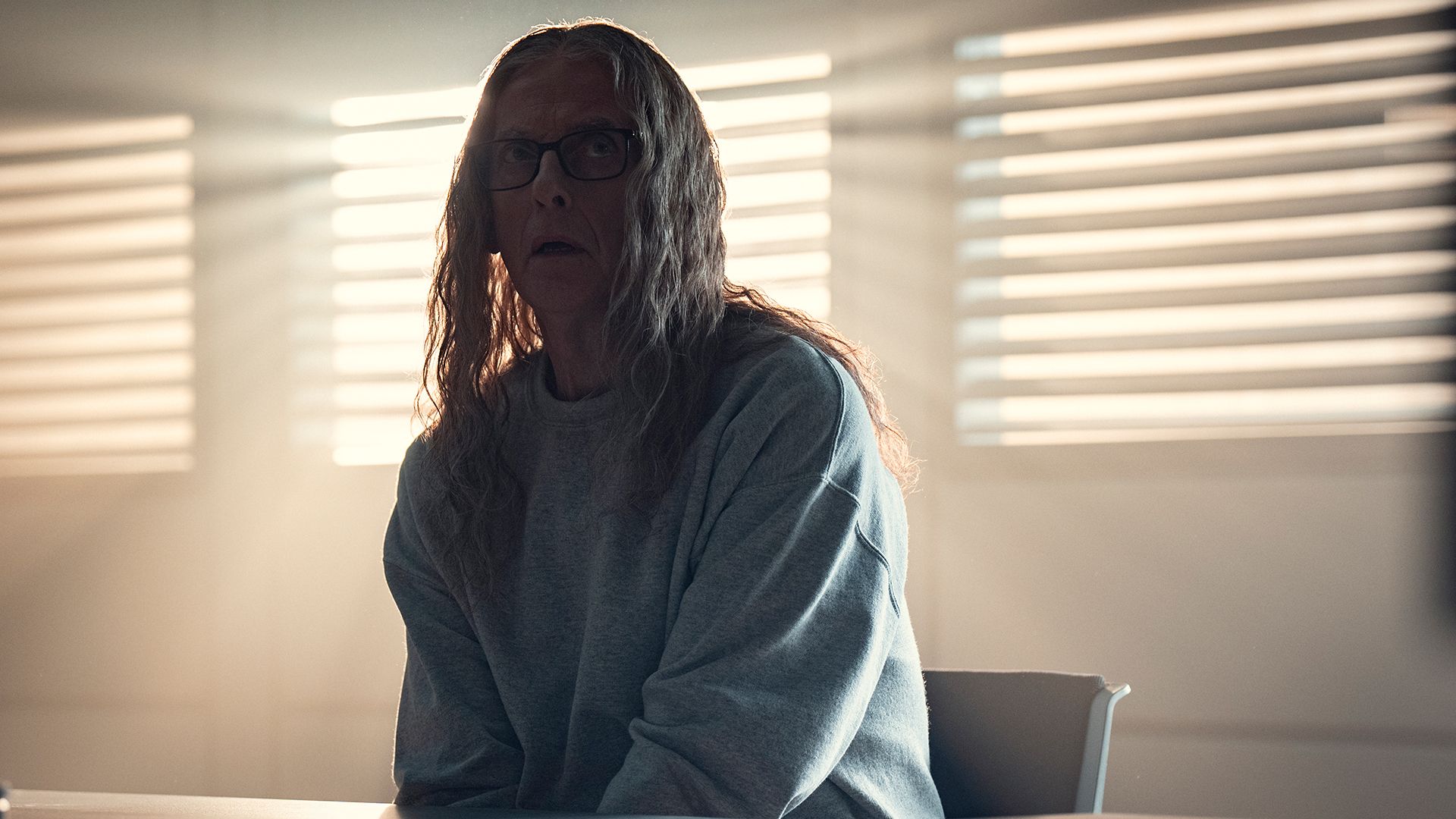

In various episodes, we’ve noticed games playing significant roles, such as in season 3’s “Playtest” and the interactive special “Bandersnatch.” The episode titled “Plaything,” however, offers a unique twist on gaming compared to these previous instances. It’s set in a future London not far off, where a socially awkward murder suspect becomes entangled with an unconventional ’90s video game. This game is none other than Thronglets, created by Colin Ritman, the quirky video game developer from “Bandersnatch.” Unlike ordinary games, Thronglets is a digital universe housing the first-ever entities whose genetic makeup is entirely digital and consists of endearing yet evolving artificial lifeforms.
It was great to see Colin Ritman again, even if it was just for one scene. Although it wasn’t a continuation of “Bandersnatch,” it shared similar motifs of blurring the lines between reality and illusion. The narrative unfolds through flashbacks showing young Cameron Walker (Lewis Gribben) growing ever more smitten with Thronglets. His fixation on their evolution led him to continually upgrade their software. He went so far as to murder someone who threatened the Throng, believing it was part of a regular video game.
The narrative structure of “Plaything” bears a resemblance to classic episodes of Black Mirror, yet it concludes unexpectedly without resolution. Despite its intriguing premise and the potential it presented, the abrupt ending leaves audiences feeling unsatisfied, as though they were denied a proper conclusion. While some ambiguity can be engaging, this ending seemed more like an incomplete promise.
4
“Bête Noire”
Episode 2


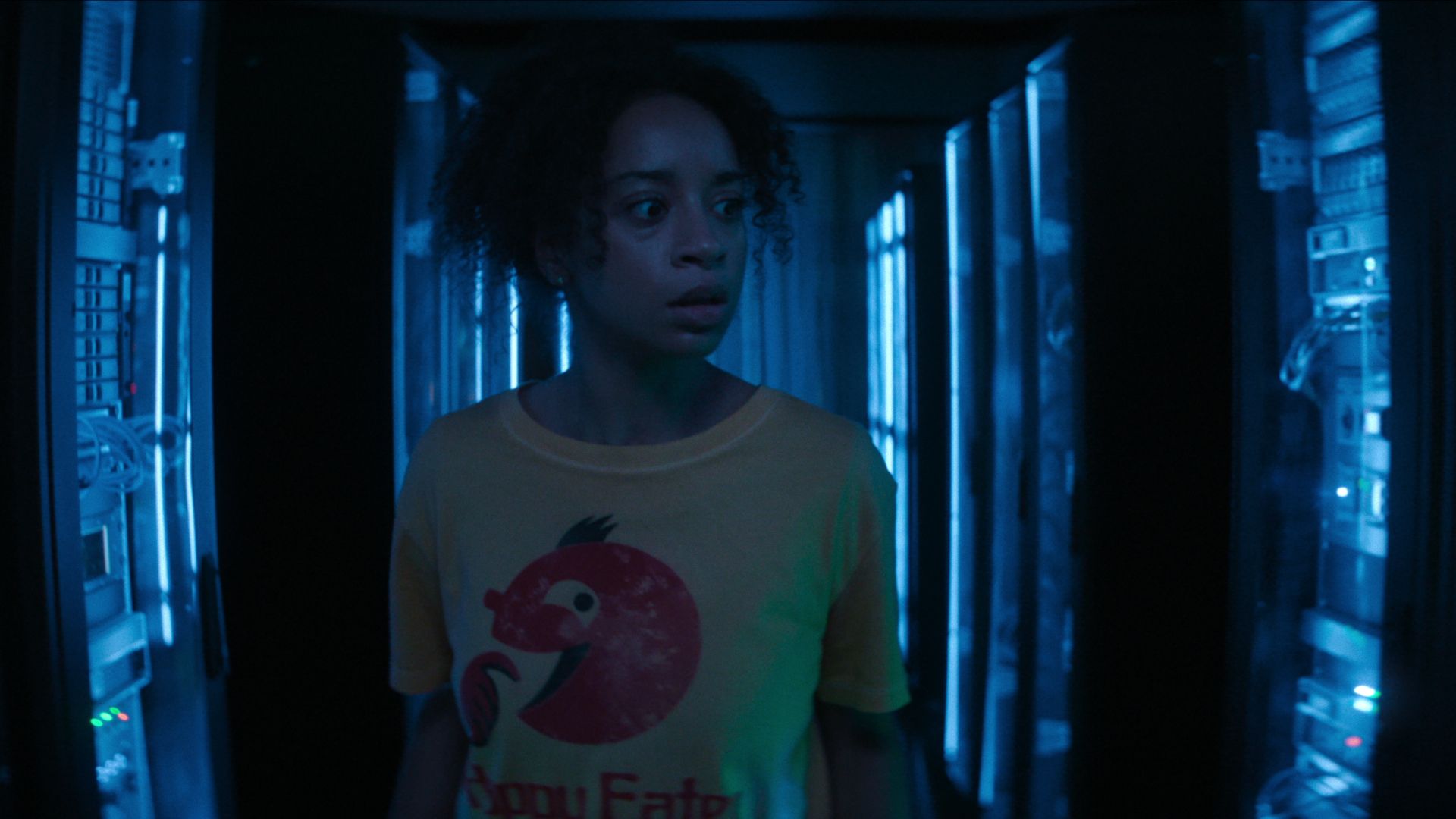
The story of “Bête Noire” strongly resembles an episode from the series “Black Mirror.” It centers around a talented pastry chef named Maria (Siena Kelly), who finds herself uneasy when an old classmate, Verity (Rosy McEwen), secures a research position at the snack company where Maria works. While others appear oblivious, Maria is convinced that Verity exhibits strange behavior as mysterious events seem to revolve around her. Verity was known for her exceptional computer skills in school, and Maria suspects that Verity might be manipulating emails, messages, and even controlling the internet itself through these abilities.
The scenario where they manipulated this tech whiz to digitally modify Maria’s devices – phones, computers, cameras – bore a striking resemblance to a typical plot from “Black Mirror.” This manipulation created a palpable sense of suspense as viewers witnessed Maria’s life unravel when the truth she held dear started to crumble. To intensify this reality-bending experience, Netflix presented two slightly varied versions of the episode, leaving viewers questioning what was real and what wasn’t. The performances by Kelly and McEwen were compelling, and one could sense Maria’s looming mental breakdown.
During the climactic face-off between Maria and Verity, the scene takes on a chilling, horror-like quality that suits this series well. Yet, the unveiling of how Verity manipulated reality around Maria, making her question her own perception, delves too deeply into supernatural elements, which doesn’t fit with the show’s premise. The decision Maria makes regarding the power bestowed upon her by Verity at the end seems rather whimsical and appears to deviate from the typical narrative structure of “Black Mirror”.
3
“USS Callister: Into Infinity”
Episode 6
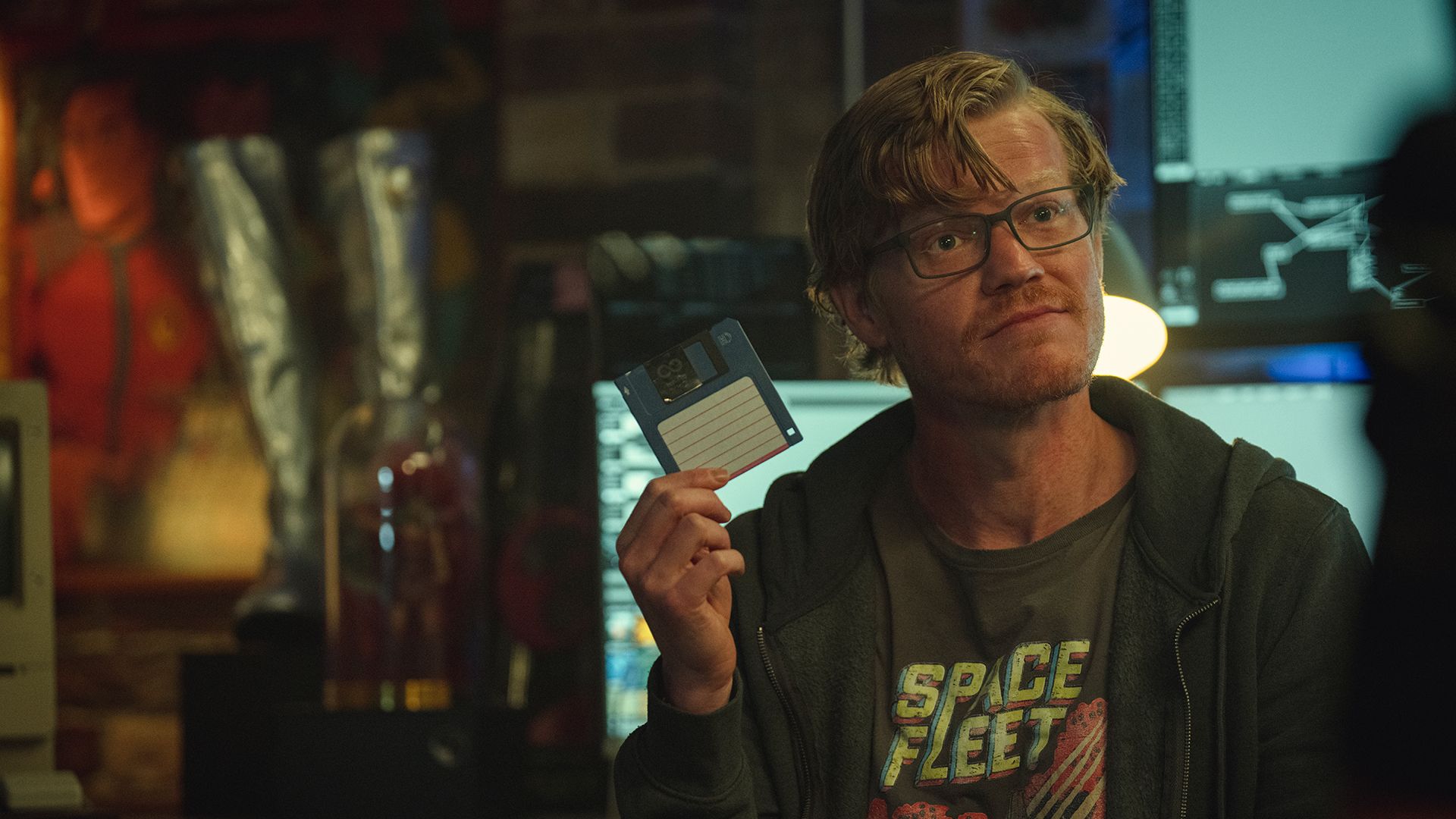

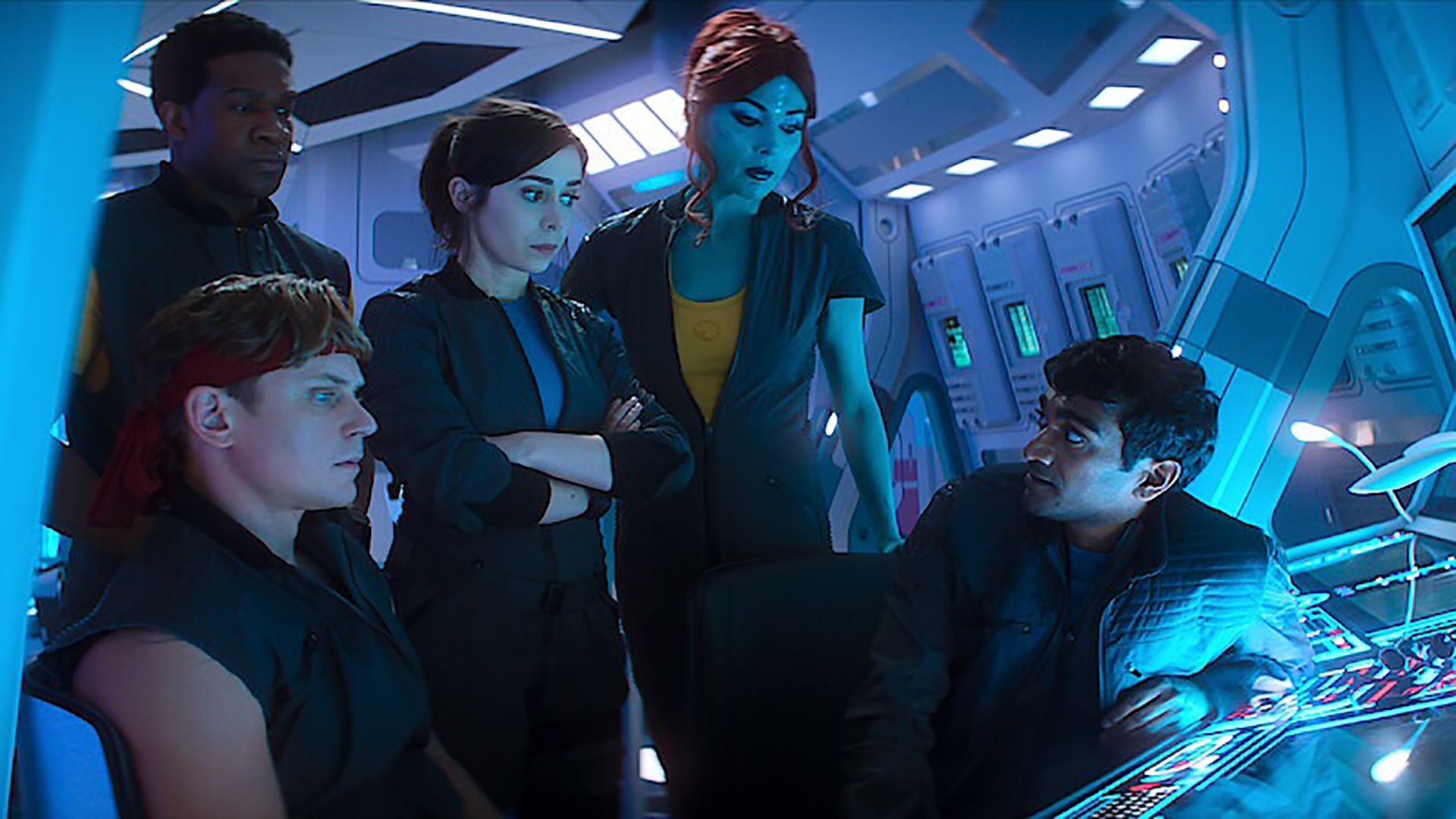
In the upcoming sequel to “USS Callister: Into Infinity,” which follows season 4 episode, Cristin Milioti reprises her role as Captain Nanette Cole within the video game where Robert Daly (Jesse Plemons) imprisoned them initially. Now that Robert has perished, the crew of USS Callister find themselves marooned in the boundless digital cosmos once more. But this time, they’re engaged in a desperate struggle for survival against hordes of 30 million players.
Similar to the first USS Callister installment, this one has the cinematic quality that makes it feel like a standalone movie. Packed with high-octane sci-fi sequences reminiscent of blockbuster films, its sound design and visual effects are equally captivating. The emotional depth is not lacking either. While it delves into darker themes compared to the initial episode, its climax might prove more shocking. However, the beginning of the episode could potentially deter some viewers initially. Despite slight differences in quality compared to “USS Callister,” it still serves as a compelling sequel if you choose to continue watching.
2
“Eulogy”
Episode 5
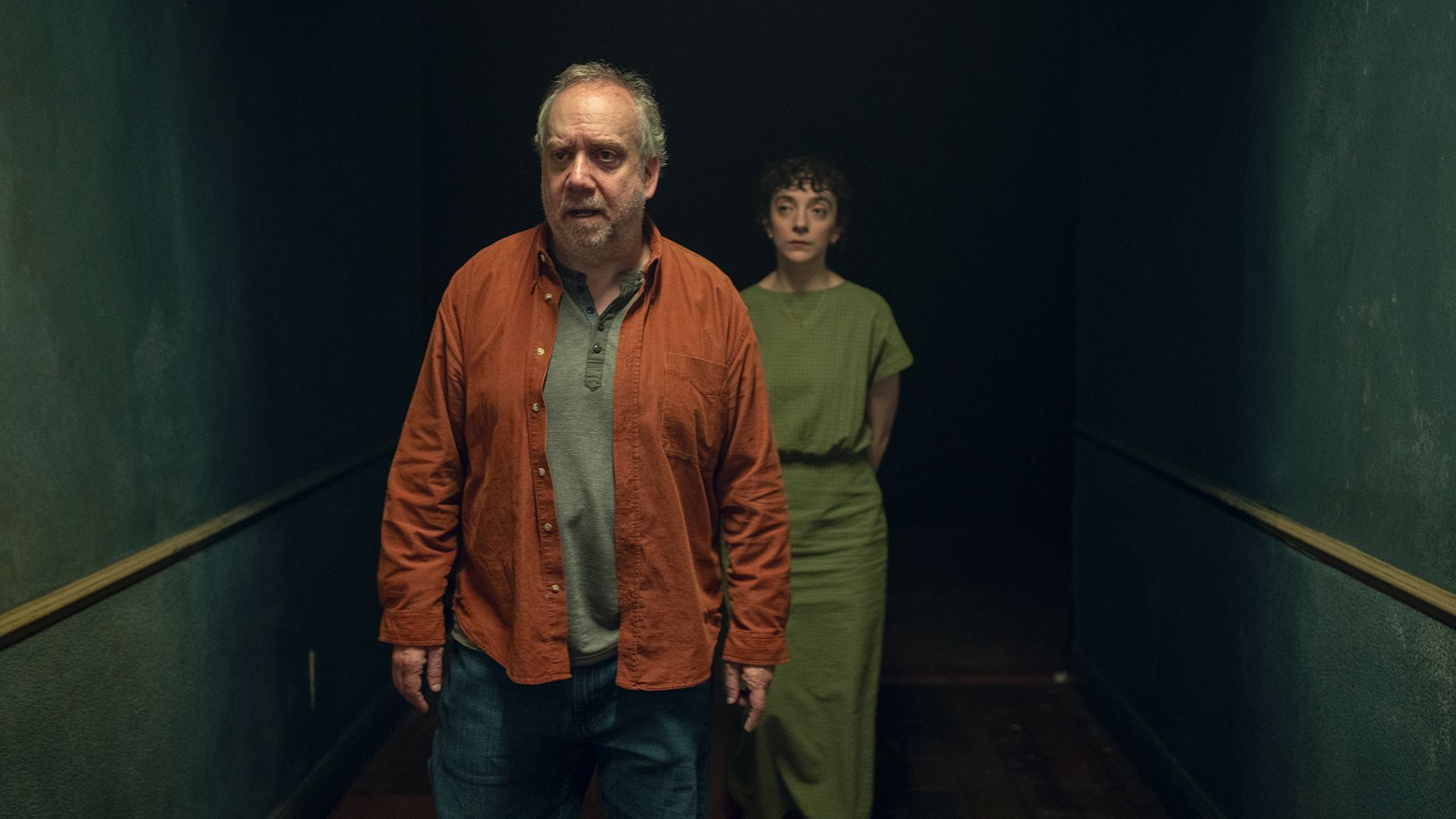
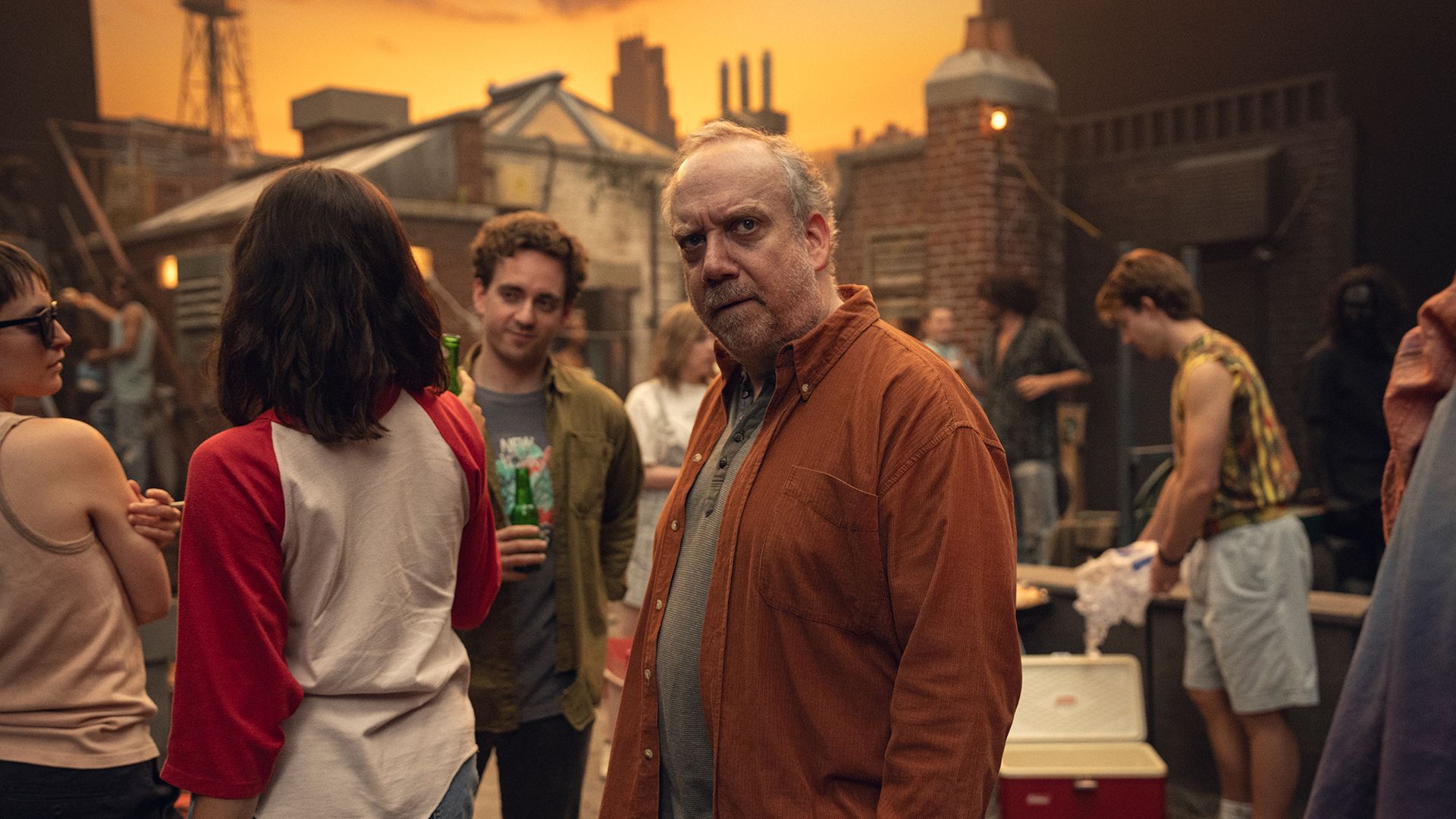
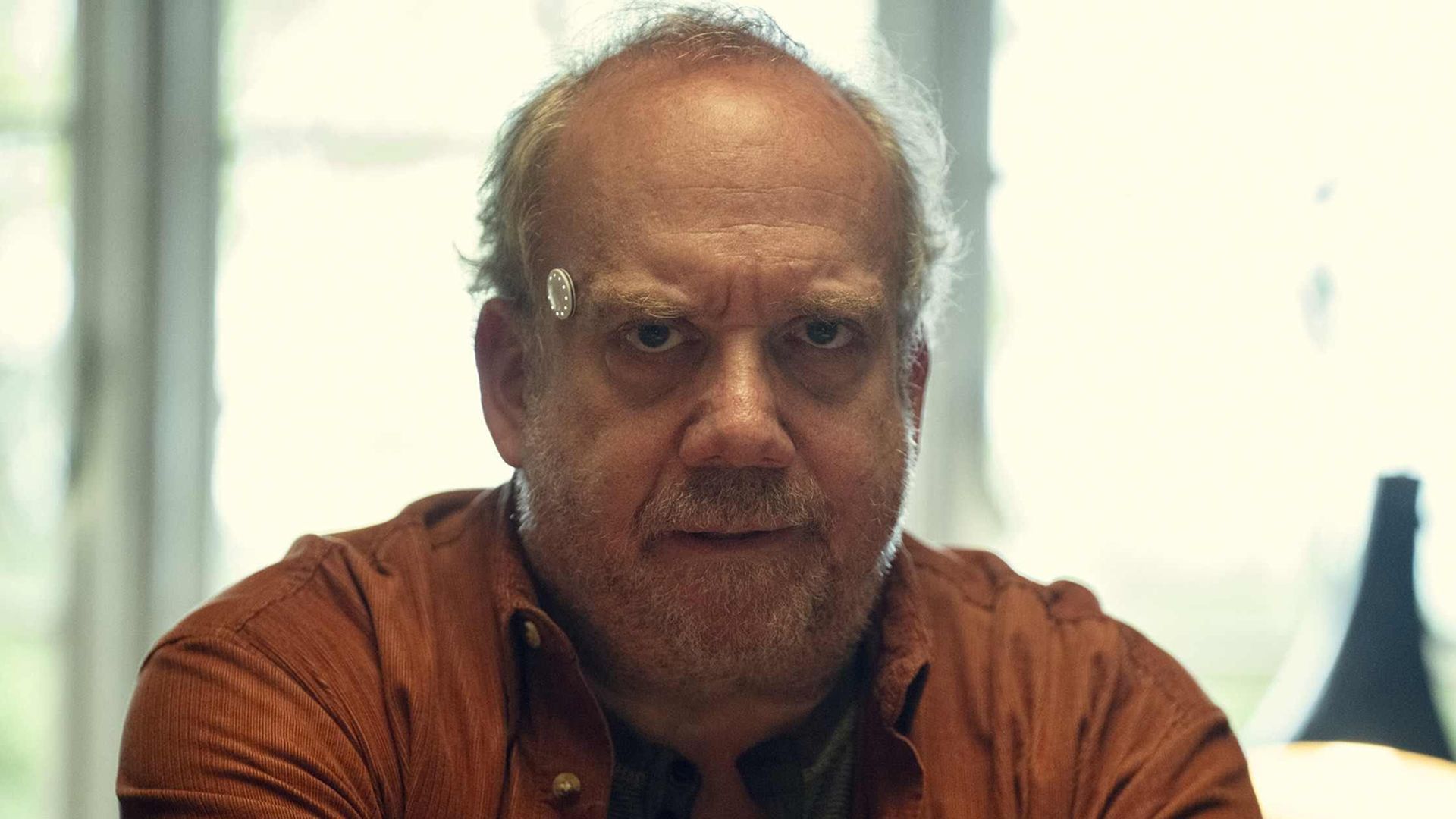
Eulogy” presents Paul Giamatti as the central character, Philip. A man who dwells in solitude, Philip discovers a revolutionary technology enabling individuals to walk into vintage photos. As he becomes accustomed to this novel system, it triggers profound feelings within him over time.
This episode of ‘Black Mirror’, while simpler than some others, packs a powerful punch with its intrigue and emotional depth. It strikes the perfect balance between drama and the eerie atmosphere that the series is known for. The story explores themes of time, love, and how technology can permeate every aspect of our lives. Although the technology angle isn’t overly complex in this episode, it effectively illustrates its impact. Michael Giamatti delivers a compelling performance that will undoubtedly resonate with viewers. While the script may not be the most surprising or convoluted, it is definitely one of the more emotionally intense ones within the series.
1
“Common People”
Episode 1


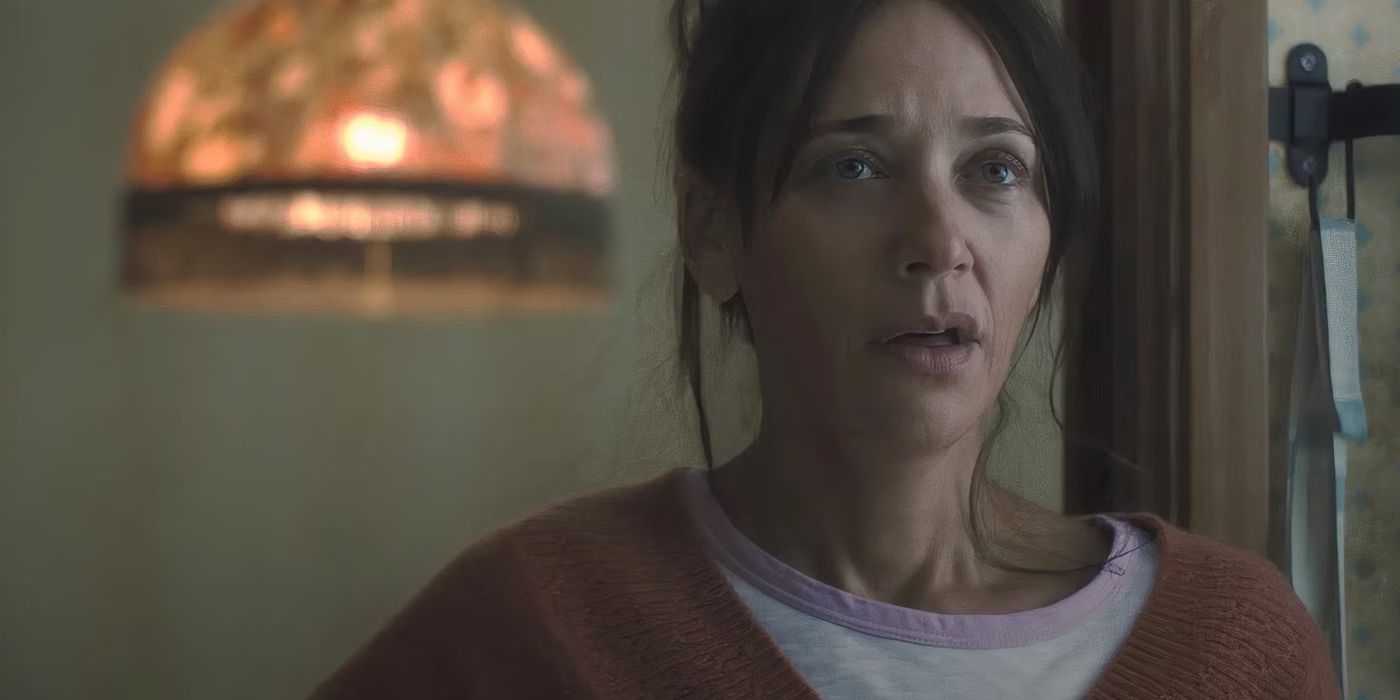
The first episode of season 7, titled “Common People,” stands out as the one that truly encapsulates the essence of a Black Mirror episode. It tells the story of a contented couple, Amanda (played by Rashida Jones) and Mike (Chris O’Dowd), who are barely getting by financially. A sudden turn of events occurs when Amanda falls into a coma, and a brain tumor is discovered. In a desperate move, Mike enrolls her in an experimental treatment to save her life. This procedure involves creating a copy of her brain to remove the tumor, leaving Amanda’s original brain connected to the vendor’s servers. To keep her upgraded brain operational, they are required to pay for a recurring subscription service that becomes progressively costlier and more troublesome.
It’s astonishing that an episode, where a woman’s livelihood is tied to a multi-tiered subscription plan, was broadcast on a prominent streaming platform. This is even more surprising given the ongoing practice of this specific streaming service raising its monthly fees. Shortly after subscribing, Amanda found herself inadvertently promoting ads until they were compelled to upgrade their subscription to prevent her from losing her teaching job. The tiers and prices of the subscription continue to change and escalate, leaving Amanda and Mike with no choice but to prioritize this expense over other necessities.
Because Amanda’s mind is linked to the vendor’s computer systems, she needs to sleep longer periods to give the servers a break. This leads to her sleeping more and more as the subscription levels progress. The cost of this subscription gradually saps the energy from both Amanda and Mike, culminating in a dismal conclusion. “Common People” offers one of the most profound, contemporary observations about humanity’s reliance on technology within the entire series.
Read More
- Gold Rate Forecast
- PI PREDICTION. PI cryptocurrency
- Masters Toronto 2025: Everything You Need to Know
- SteelSeries reveals new Arctis Nova 3 Wireless headset series for Xbox, PlayStation, Nintendo Switch, and PC
- Mission: Impossible 8 Reveals Shocking Truth But Leaves Fans with Unanswered Questions!
- WCT PREDICTION. WCT cryptocurrency
- Guide: 18 PS5, PS4 Games You Should Buy in PS Store’s Extended Play Sale
- LPT PREDICTION. LPT cryptocurrency
- Elden Ring Nightreign Recluse guide and abilities explained
- Solo Leveling Arise Tawata Kanae Guide
2025-04-18 02:02